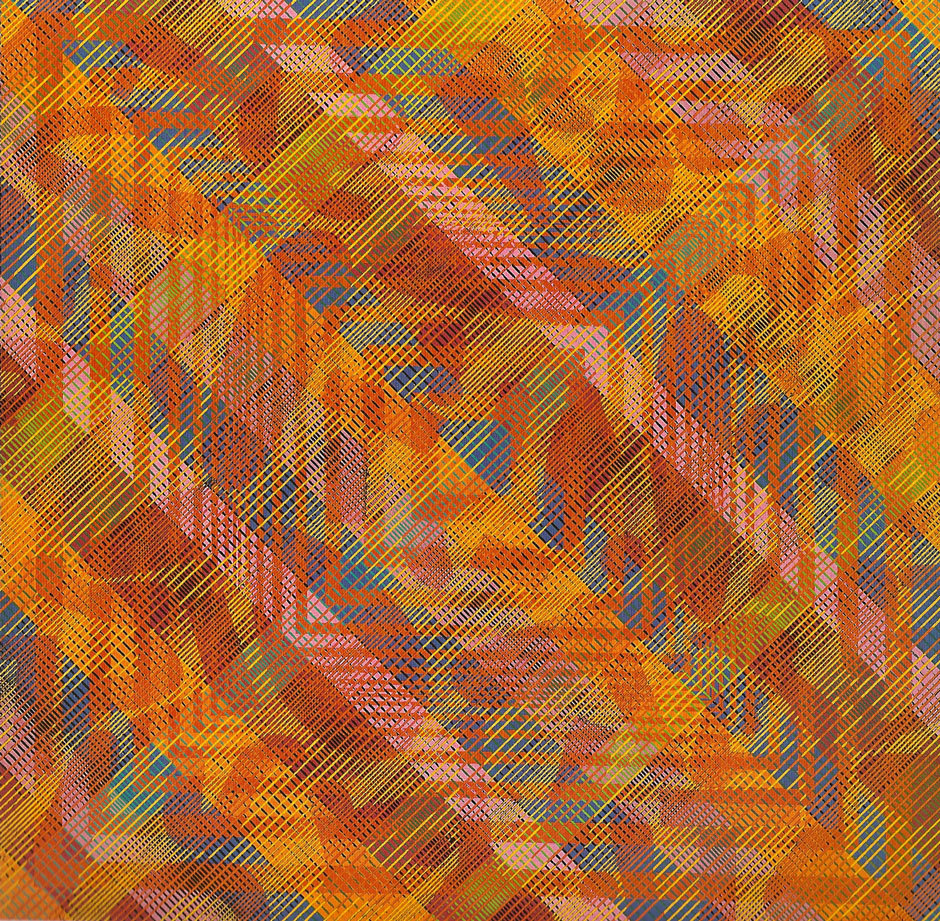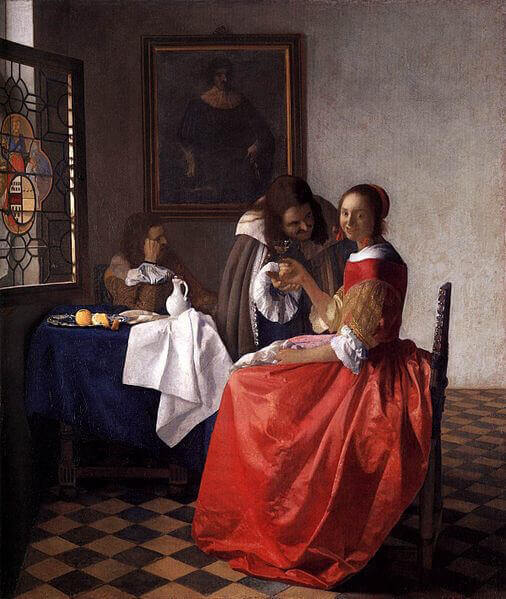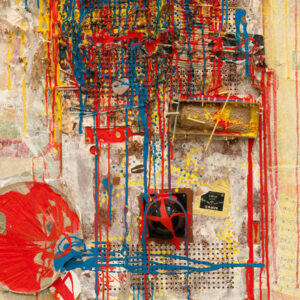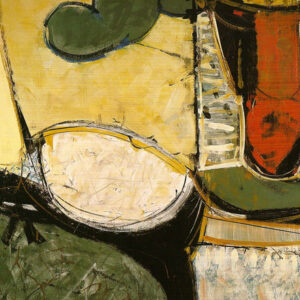Silent Light No. 11 1968–69

Harold Town, Silent Light No. 11, 1968–69
Oil and Lucite on canvas, 132.1 x 132.1 cm
Estate of Harold Town

An Op art vocabulary is well suited to record one of the popular decorative arts that Town relished—the Christmas tree. His own tree was legendary for the incredible number of ornaments it always held. Silent Light No. 11 is one of a series of paintings he produced that were sparked by the visual memory of a floor covered with broken Christmas tree balls. Town created this technical tour de force with a complex agenda in mind: “‘I was interested in the problem of ultimate depth and the immutable two-dimensional surface. There are implied infinities all over the canvas,’ says Town as he points to the largest one of all, which he dubbed his own Vermeer.”
How could Town connect this painting with Johannes Vermeer (1632–1675)? He had long been interested in Piet Mondrian (1872–1944), whose work is noted for its order and structure, and Town now turned to Vermeer and Diego Velázquez (1599–1660), Old Masters whose work shared those qualities. They were masters, too, of rendering light and space. Here Town interweaves random curvilinear shapes (the fragments of broken glass balls) with the surface dazzle of Op art and integrates both into a highly ordered composition. In Silent Light a sequence of concentric frames pulls the eye into a steep recession toward the centre, but at the centre we find a band of diagonals so strong in contrast that they reassert the flatness of the surface. In a 1967 catalogue essay on Town, his dealer, Jerrold Morris, sums up the priorities that came to the fore in his late 1960s work: “It is characterized by complexity controlled by intelligence, lyricism contained by formality.”

 About the Author
About the Author
 More Online Art Books
More Online Art Books
 Acknowledgements
Acknowledgements